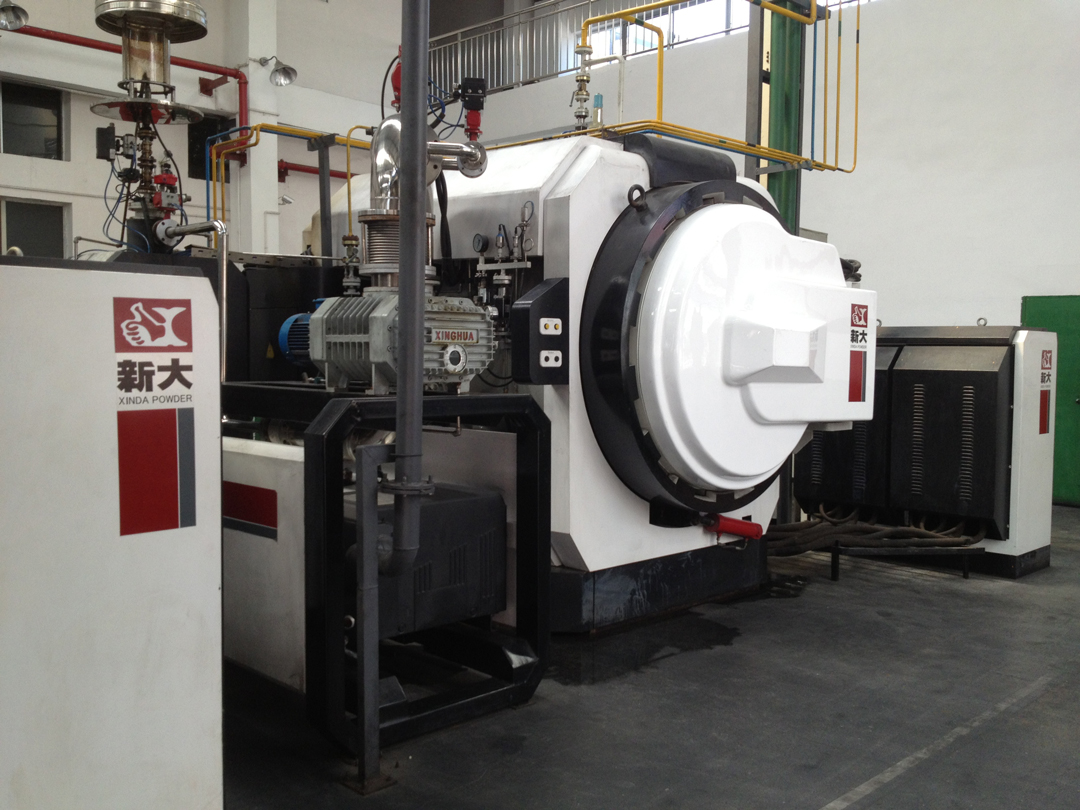Two Methods of Sintering
Two Methods of Sintering

Tungsten carbide products are composite of tungsten carbide and other iron group elements like cobalt as a binder. Tungsten carbide products can be widely used in cutting metals, oil drill bits, and metal forming die.
Tungsten carbide sintering must be controlled carefully to obtain the ideal microstructure and chemical composition. In many applications, tungsten carbide is made by powder metallurgy, which includes sintering. Tungsten carbide products often withstand wear and tensile in harsh environments. In most cutting metal applications, tungsten carbide cutters with wear exceeding 0.2-0.4 mm are judged to be scrapped. Therefore, the properties of tungsten carbide are vital.
There are two main methods to sinter tungsten carbide products. One is hydrogen sintering, and the other one is vacuum sintering. Hydrogen sintering is controlling the composition of parts by phase reaction kinetics in hydrogen and pressure; vacuum sintering is controlling the composite of tungsten carbide by slowing down the reaction kinetics under a vacuum or low air pressure environment.
Vacuum sintering has a wider range of industrial applications. Sometimes, workers may apply hot isostatic pressing, which is also important for manufacturing tungsten carbide products.
During hydrogen sintering, hydrogen is a reducing atmosphere. Hydrogen may react with the sintering furnace wall or graphite and change other components.
Compared with hydrogen sintering, vacuum sintering has the following advantages.
First of all, vacuum sintering can control the composition of the product very well. Under the pressure of 1.3~133pa, the exchange rate of carbon and oxygen between the atmosphere and the alloy is very low. The main factor affecting the composition is the oxygen content in the carbide particles, so vacuum sintering has a larger advantage in the industrial production of sintered tungsten carbide.
Secondly, during vacuum sintering, it is more flexible to control the sintering system, especially the heating rate, to meet the needs of production. Vacuum sintering is a batch operation, which is more flexible than hydrogen sintering.
When sintering tungsten carbide products, tungsten carbide has to experience the following stages:
1. Removal of the molding agent and pre-burning stage;
In this process, the temperature should be increased gradually, and this stage happens below 1800℃.
2. Solid-phase sintering stage
As the temperature is slowly increasing, the sintering continues. This stage occurs between 1800℃ and the eutectic temperature.
3. Liquid phase sintering stage
At this stage, the temperature continues to rise until it reaches the highest temperature in the sintering process, the sintering temperature.
4. Cooling stage
The cemented carbide, after sintering, can be removed from the sintering furnace and cooled to room temperature.

If you are interested in tungsten carbide products and want more information and details, you can CONTACT US by phone or mail at the left, or SEND US MAIL at the bottom of the page.





















